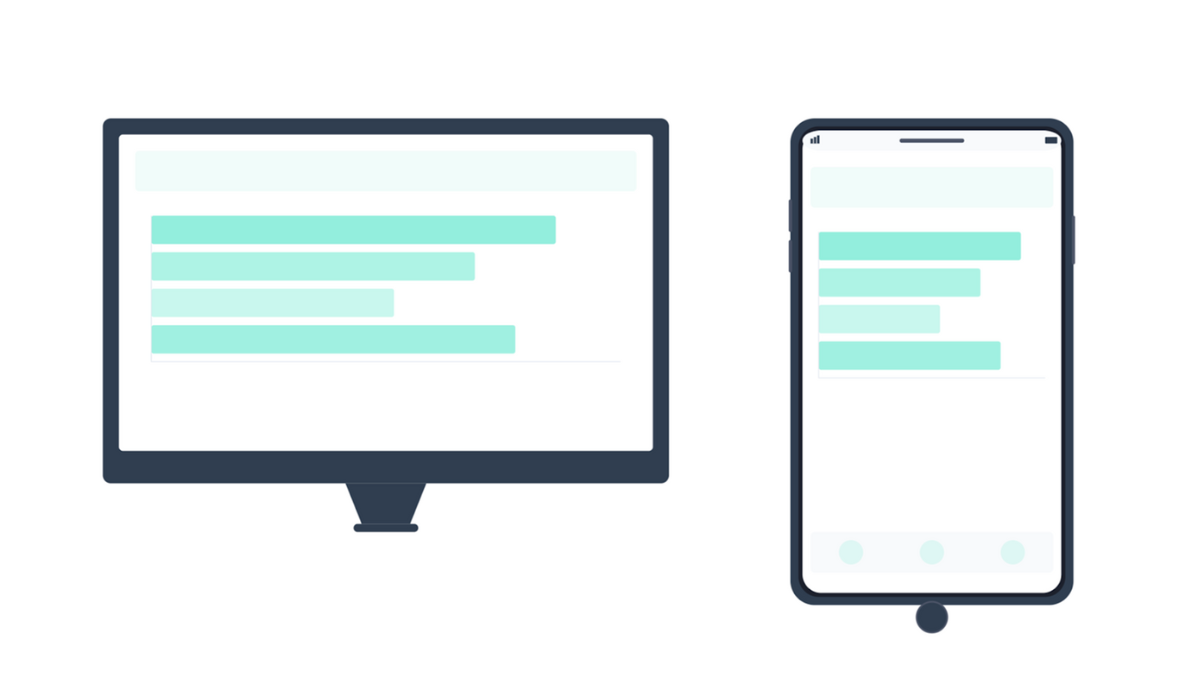What is Responsive Design and Why is it Important for Your Graphics?

Responsive design is a philosophy aimed at optimizing the presentation of visual elements, such as graphics, so they look good on any device or screen size. Just like websites adjust to different resolutions, data visualizations also need to be responsive to ensure effectiveness and accessibility.
Key Aspects
First and foremost, graphics should adapt to the dimensions of the screen they are viewed on. This means that, just like images on a website, graphics must be flexible enough to adjust without losing quality.
Another key aspect is device orientation. Desktop screens are generally used in a horizontal format, whereas smartphones are handled vertically. This change in orientation requires design and layout adjustments to maintain clarity.
Accessibility and Functionality
Making text easy to read becomes a challenge on small devices. A graphic with too much data or too many labels can become confusing when scaled down. For this reason, it’s essential to simplify visualizations and highlight only the most relevant information, especially when viewed on various types of devices.
Interaction in graphics is also crucial. On touch devices, users often use gestures like zoom or scroll to explore data. If interactive elements are too small or too close together, navigation can become difficult.
Using contrasting color palettes improves readability and facilitates the interpretation of information, even in challenging lighting conditions. It also ensures that key elements are easily visible and accessible, which is essential for users with visual impairments.
Tools to Create Responsive Visualizations
Today, several free tools are available to create responsive graphics, including Datasketch App, where you can design various types of data visualizations that adapt to your device’s screen—from bar charts to interactive maps. Try it out here.